Grapes are among the most ancient and cherished fruits in human history. Cultivated for over 8,000 years, they have graced the tables of ancient emperors, inspired poets and artists, and fueled one of the world’s most beloved industries — wine. Today, grapes are grown on almost every continent, contributing to a global market worth billions of dollars annually.
But have you ever wondered which country leads the world in grape production? While many people immediately think of classic wine-producing nations like France or Italy, the true global leader in grape cultivation might surprise you.
In this article, we’ll uncover the top grape-producing country you should know about, explore what makes it so successful, and look at how it shapes the world’s grape industry.
Why Grapes Are Important Worldwide
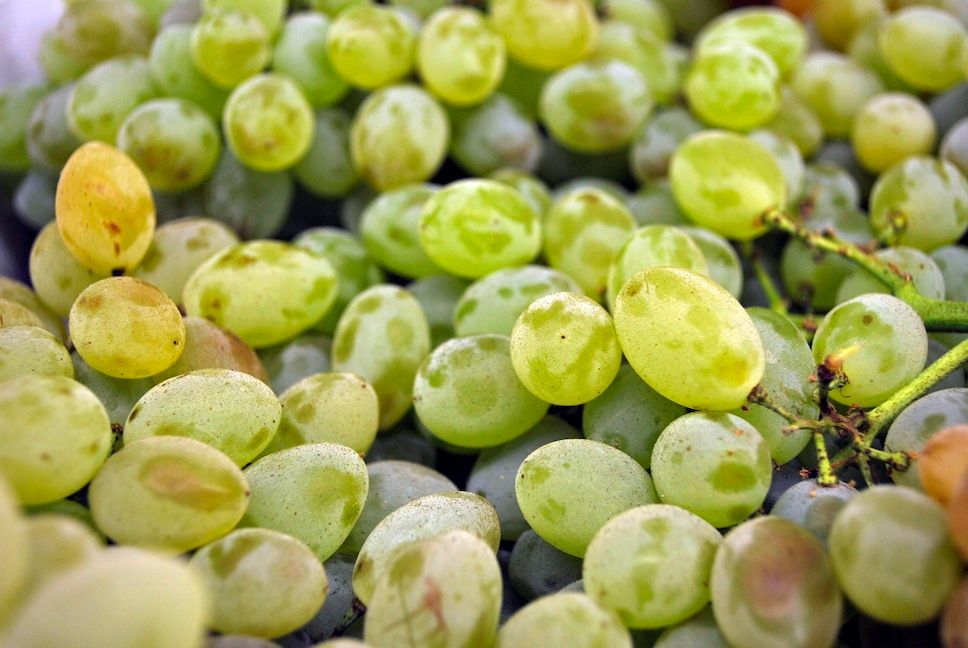
Before diving into the top producer, it’s worth understanding why grapes are such a valuable crop:
- Nutrition: Rich in vitamins C and K, antioxidants, and fiber.
- Culinary versatility: Eaten fresh, dried into raisins, juiced, and fermented into wine.
- Economic significance: Supports millions of farmers, workers, and industries worldwide.
- Cultural importance: Grapes and wine have deep religious, cultural, and ceremonial roots in many civilizations.
Today, the world produces approximately 75–78 million metric tons of grapes each year, used for everything from fresh fruit markets to wine cellars.
The Top Grape Producing Country: China
That’s right — China is currently the world’s largest grape producer, surpassing traditional European leaders in both volume and market growth over the last two decades.
China at a Glance:
- Annual Production: Around 11.6 million metric tons
- Global Market Share: Approximately 15%
- Primary Products: Fresh table grapes, raisins, and increasingly, wine grapes
This remarkable growth has made China a dominant force in global grape markets, transforming once modest vineyards into vast, high-yielding, modernized operations.
Where in China Are Grapes Grown?
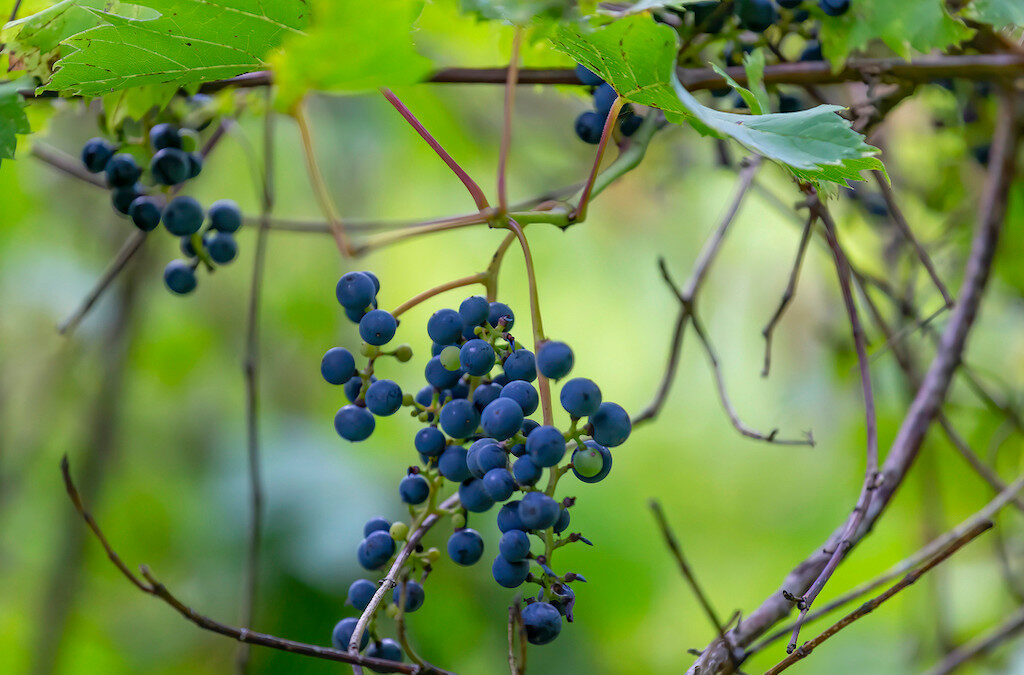
China’s vast geography and diverse climate allow for grape cultivation in multiple regions, each with its own unique specialties:
Key Grape-Producing Regions:
- Xinjiang: Famous for producing some of the sweetest, juiciest table grapes and world-class sun-dried raisins.
- Shandong: A major supplier for domestic fresh fruit markets.
- Hebei and Henan: Important for both fresh grapes and emerging wine industries.
- Ningxia and Yunnan: Rising stars in China’s wine industry, with high-altitude vineyards producing award-winning wines.
Fun Fact:
China’s Turpan Basin in Xinjiang is one of the world’s most productive regions for sun-dried raisins.
Why Is China the Top Grape Producer?
Several key factors contribute to China’s impressive rise in grape production:
Vast Agricultural Land
With enormous stretches of arable land suitable for fruit cultivation, China can dedicate vast areas to grapes, particularly in arid, sunny regions like Xinjiang and fertile valleys in Shandong.
Ideal Climatic Conditions
China’s diverse range of climates — from temperate to continental and arid desert zones — allows it to grow different grape varieties for table consumption, raisins, and wine.
Rising Domestic Demand
As living standards rise and health awareness increases, Chinese consumers have shown a growing preference for fresh fruits, natural snacks like raisins, and premium wines, fueling domestic production.
Strong Government Support
China’s government actively promotes modernizing its agriculture sector, providing subsidies and incentives for vineyard expansions, cold storage facilities, and irrigation systems.
Rapidly Expanding Wine Industry
While China historically wasn’t known for wine, the last two decades have seen explosive growth in this sector. Regions like Ningxia have produced wines that have won international awards, driving further investment into wine grapes.
How Are Chinese Grapes Used?
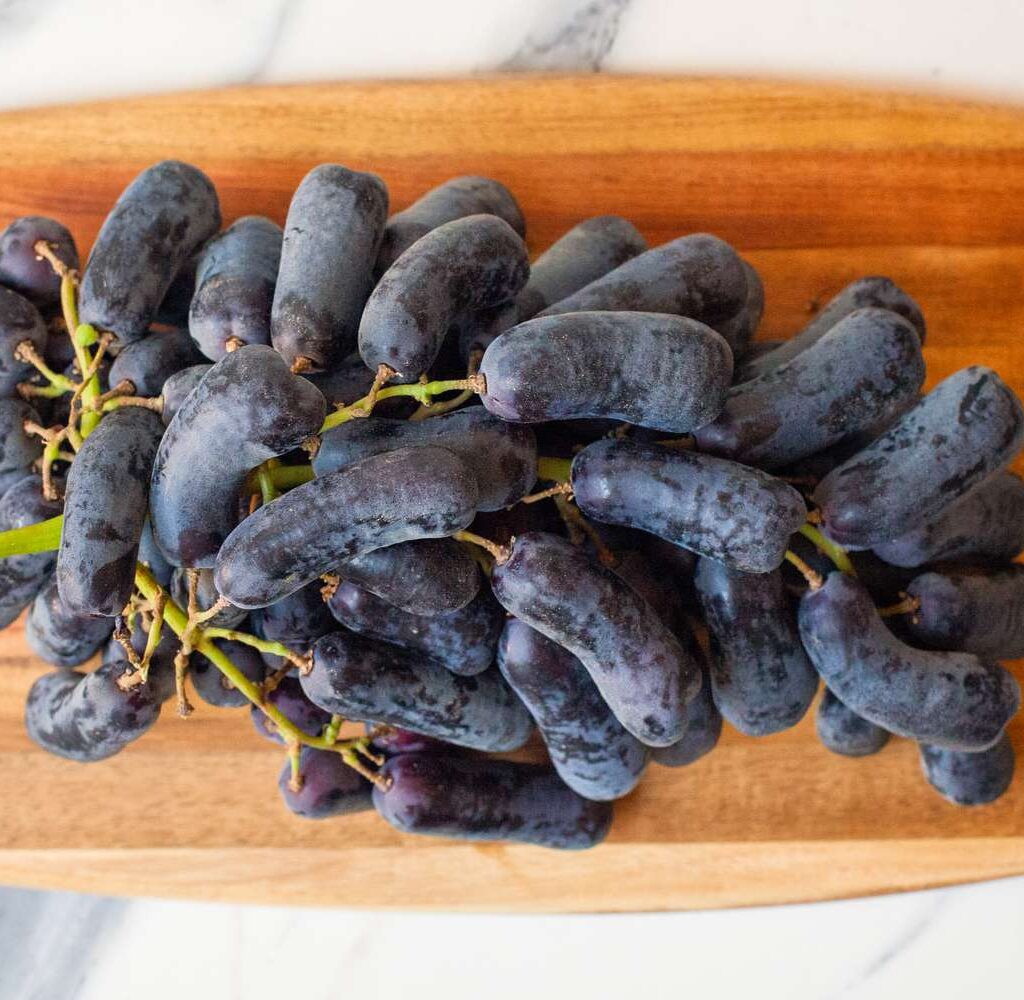
China’s grape harvest serves a variety of purposes:
- Fresh Table Grapes: Consumed domestically and exported to neighboring Asian markets.
- Raisins: Primarily produced in Xinjiang’s Turpan Basin, accounting for a significant share of global raisin exports.
- Wine Grapes: With vineyards covering over 800,000 hectares, China has become one of the top five wine-producing countries by volume.
Is China a Big Wine Producer Too?
Yes — while China’s wine industry is relatively young compared to France or Italy, it has already become one of the largest by volume.
Key Wine Regions:
- Ningxia: Known for producing exceptional Cabernet Sauvignon and Merlot.
- Xinjiang: Famous for full-bodied reds and unique local blends.
- Yunnan: Emerging as a premium, high-altitude wine region.
Chinese wines have been steadily gaining international recognition, winning medals at prestigious global wine competitions.
Fun Fact:
China now consumes more red wine annually than any other country in the world.
Economic and Social Impact of Grapes in China
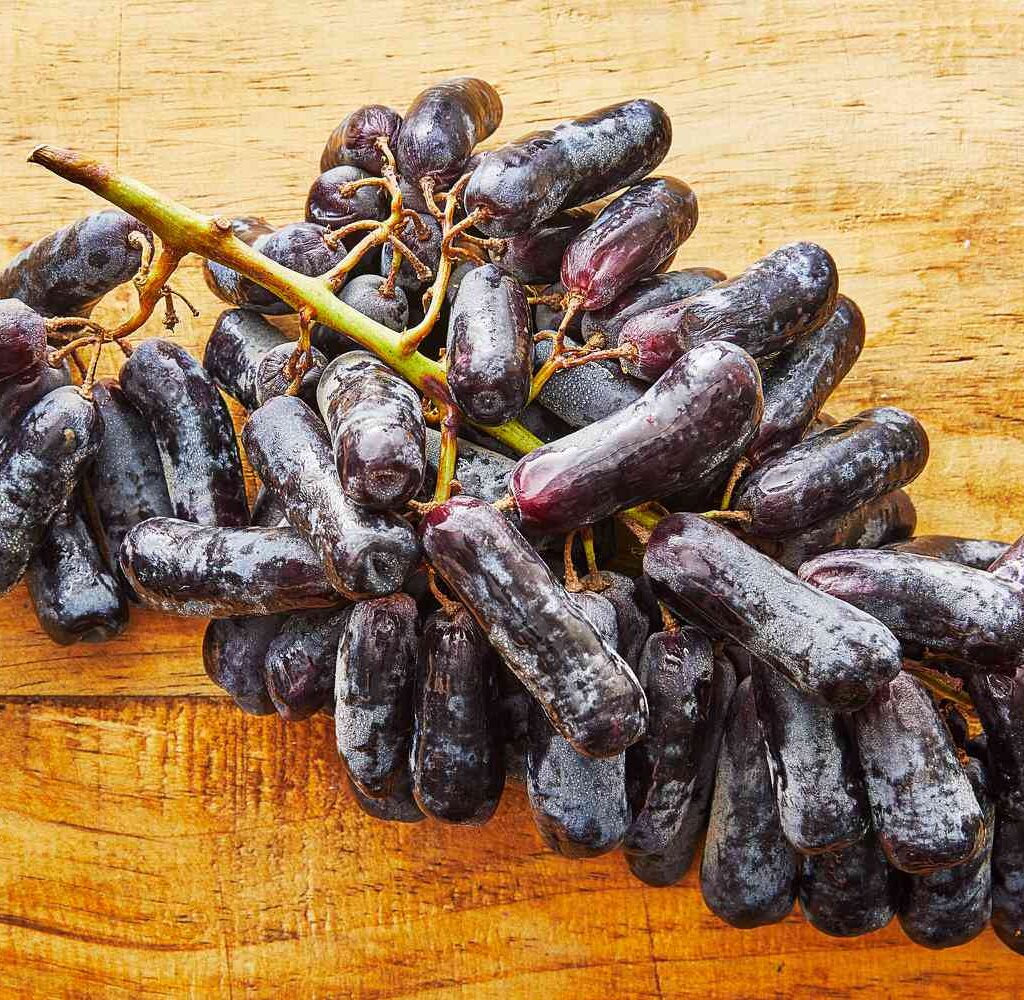
The grape industry plays a significant role in supporting rural economies and local employment:
- Employs hundreds of thousands of farmers and workers.
- Drives regional economies through processing plants, packaging, logistics, and export infrastructure.
- Offers opportunities for rural revitalization programs, especially in Xinjiang and Ningxia.
How Does China Compare to Other Major Producers?
Let’s see how China’s grape production stacks up against other key players:
| Country | Annual Production (Million Tons) | Key Focus |
|---|---|---|
| China | 11.6 | Fresh grapes, raisins, wine |
| Italy | 7.3 | Wine, table grapes |
| Spain | 6.5 | Wine, bulk exports |
| France | 5.8 | Premium wine |
| United States | 5.2 | Fresh grapes, raisins, wine |
Key takeaway:
China’s output far surpasses even the most famous European wine giants in terms of volume, although the European nations maintain a lead in global wine prestige and export markets.
Challenges Facing China’s Grape Industry
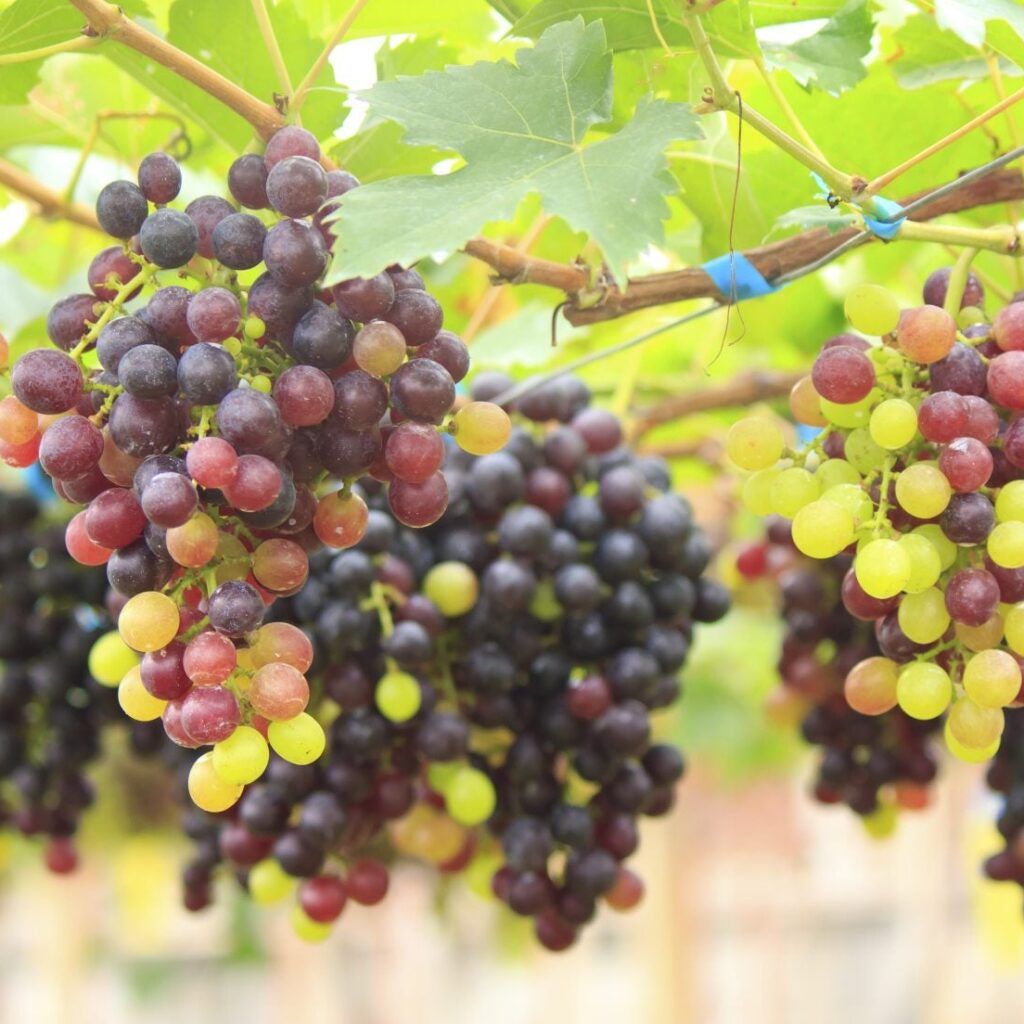
Despite its massive production, China’s grape sector faces several challenges:
- Water scarcity and drought in arid regions like Xinjiang.
- Climate change affecting yields and harvest timings.
- Pest and disease management in large monoculture vineyards.
- International competition in premium wine markets.
However, the country continues to invest in solutions like precision agriculture, drip irrigation, and disease-resistant grape varieties.
The Future of China’s Grape Industry
China’s grape sector shows no signs of slowing down. Key growth trends include:
- Rising wine exports to Europe, the U.S., and Southeast Asia.
- Expansion of organic and sustainable vineyards.
- Increased investment in premium wine production in Ningxia and Yunnan.
- Development of international marketing campaigns to promote Chinese raisins and table grapes.
Conclusion
So — which is the top grape-producing country you should know about?
Without a doubt, it’s China.
With its vast agricultural landscapes, diverse climates, booming domestic demand, government support, and rapidly growing wine sector, China has firmly established itself as the world’s largest and one of the most influential grape producers. While European nations continue to dominate in terms of wine prestige and exports, China’s sheer production volume and market influence are shaping the future of the global grape industry.
Whether you’re enjoying a bunch of sweet, seedless table grapes, a handful of sun-dried raisins, or a glass of award-winning Cabernet from Ningxia — there’s a good chance those grapes originated from China’s vast and dynamic vineyards.






Leave A Comment